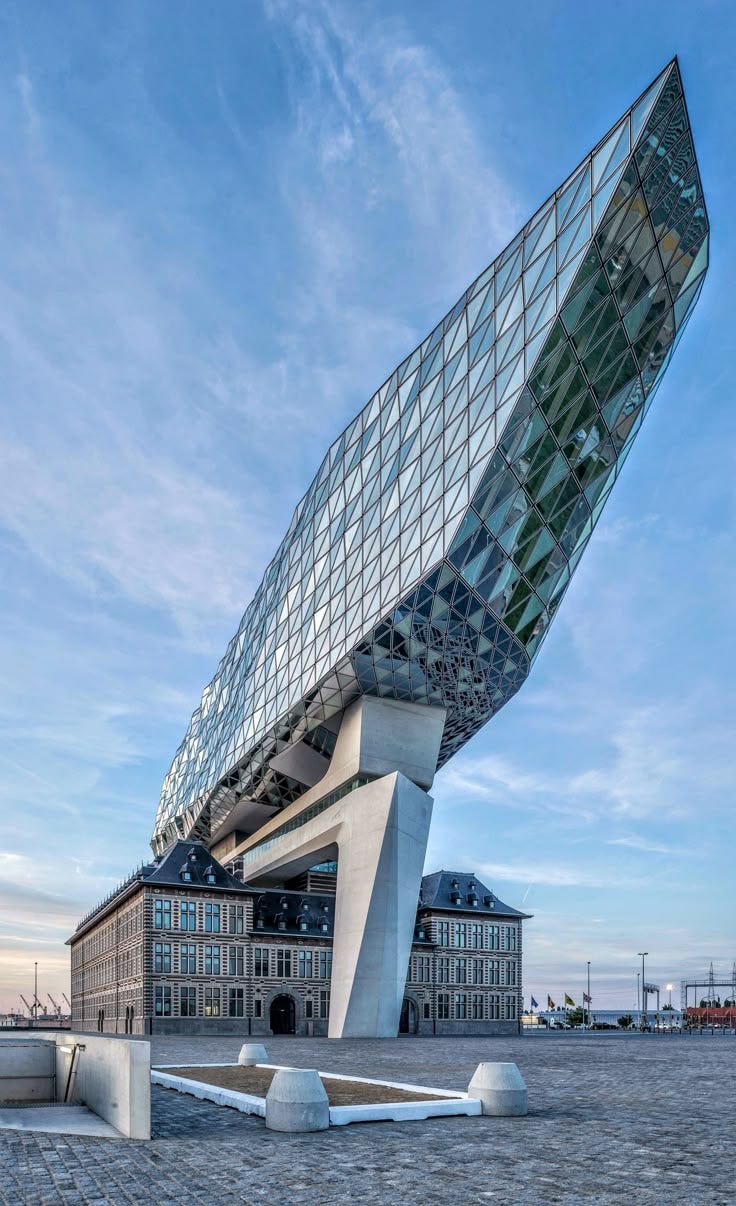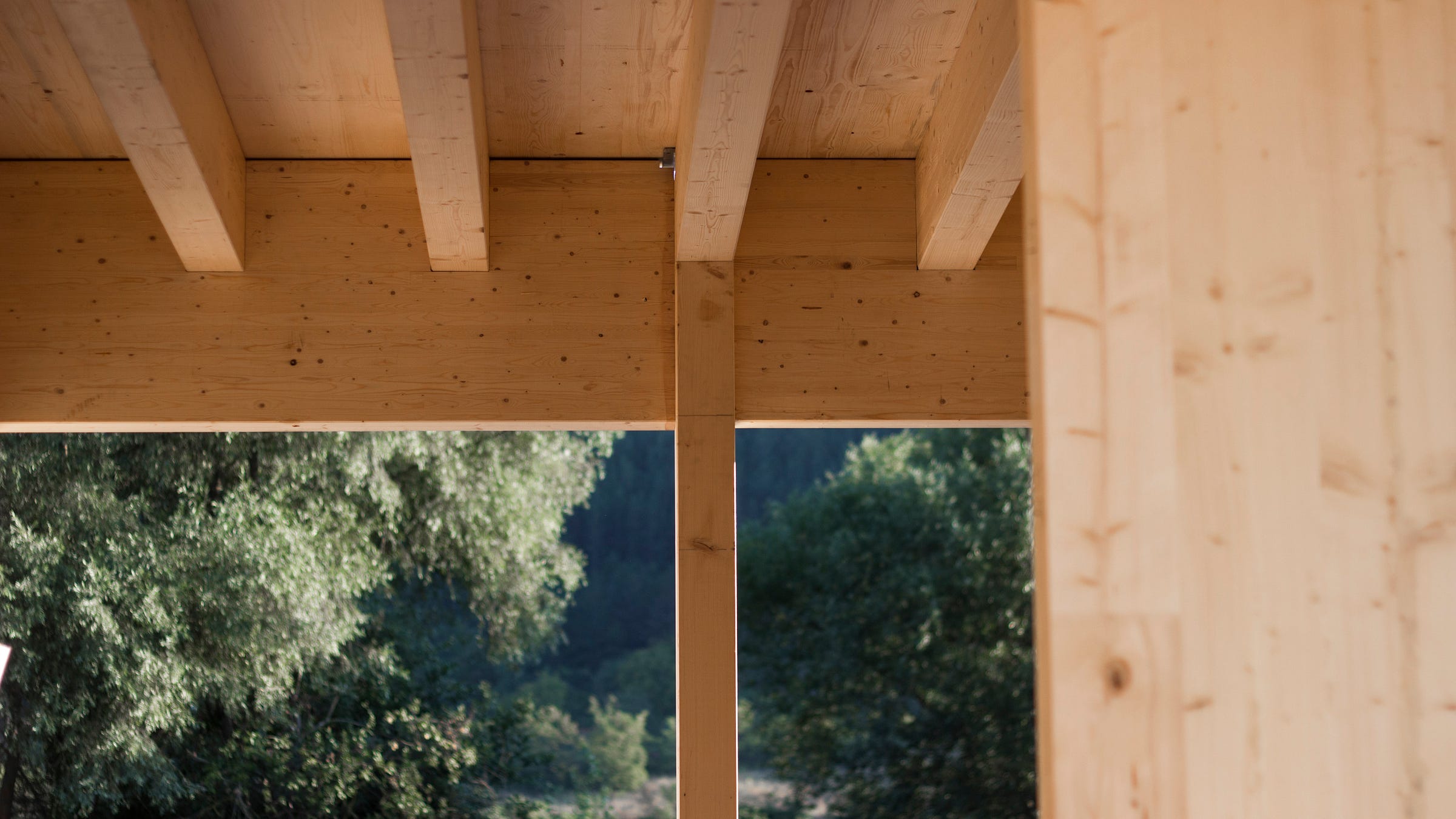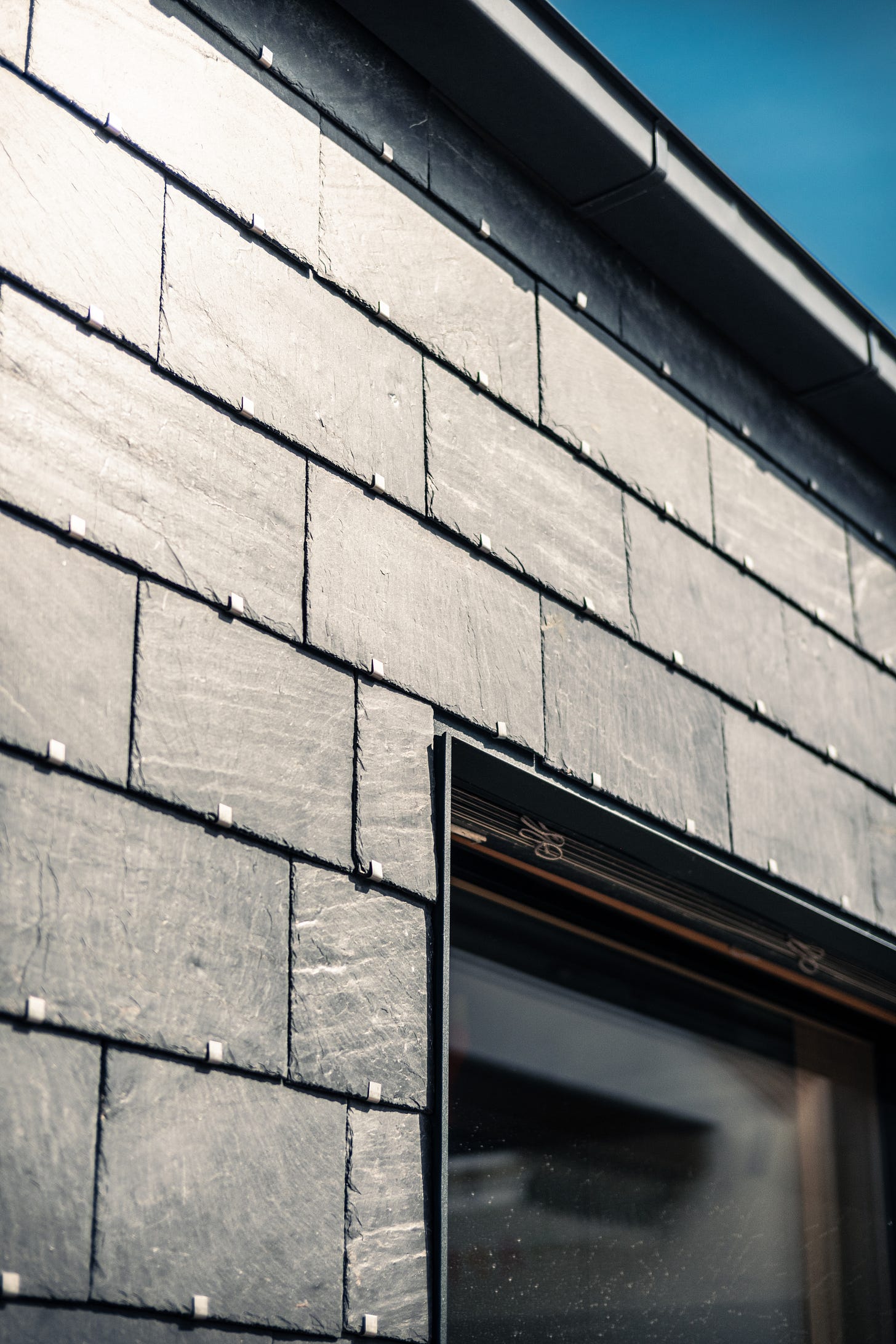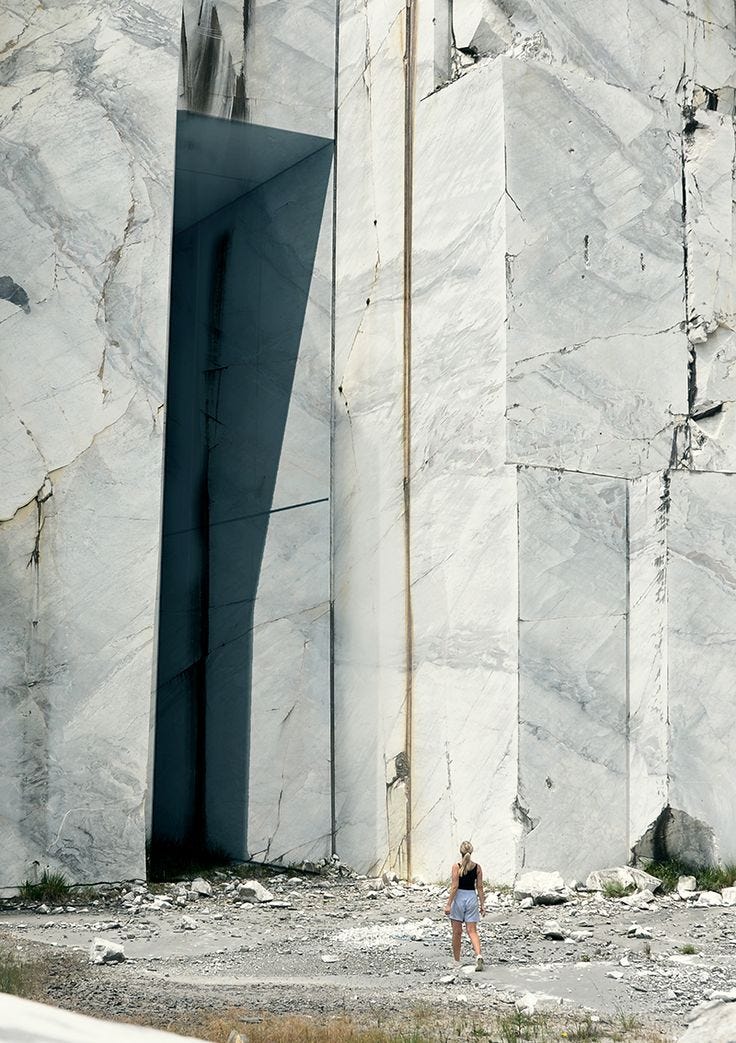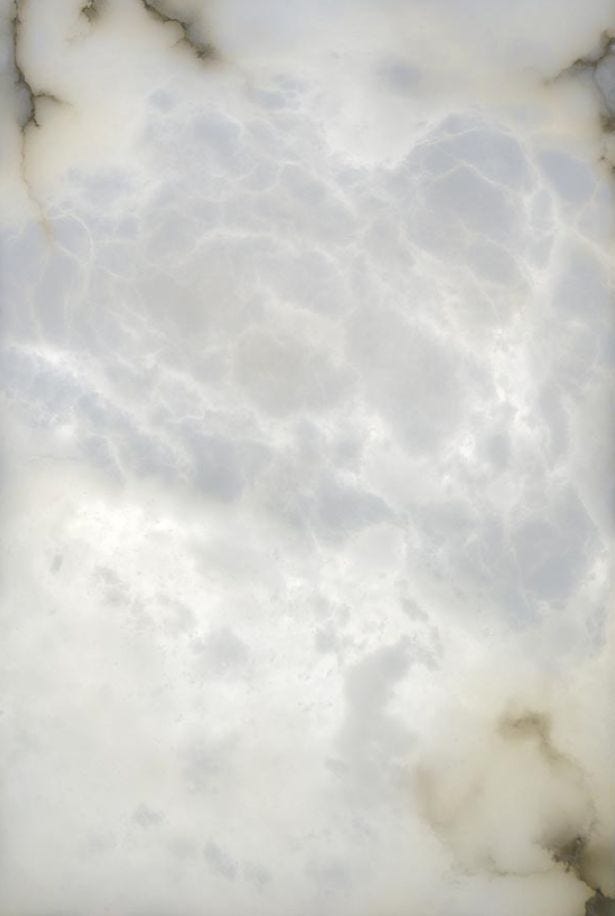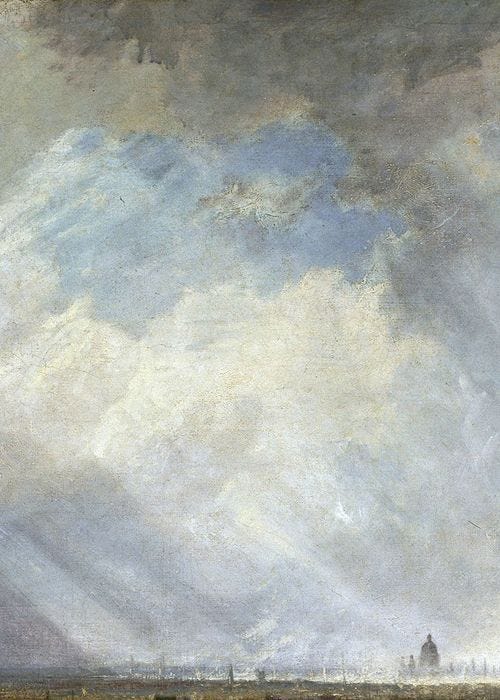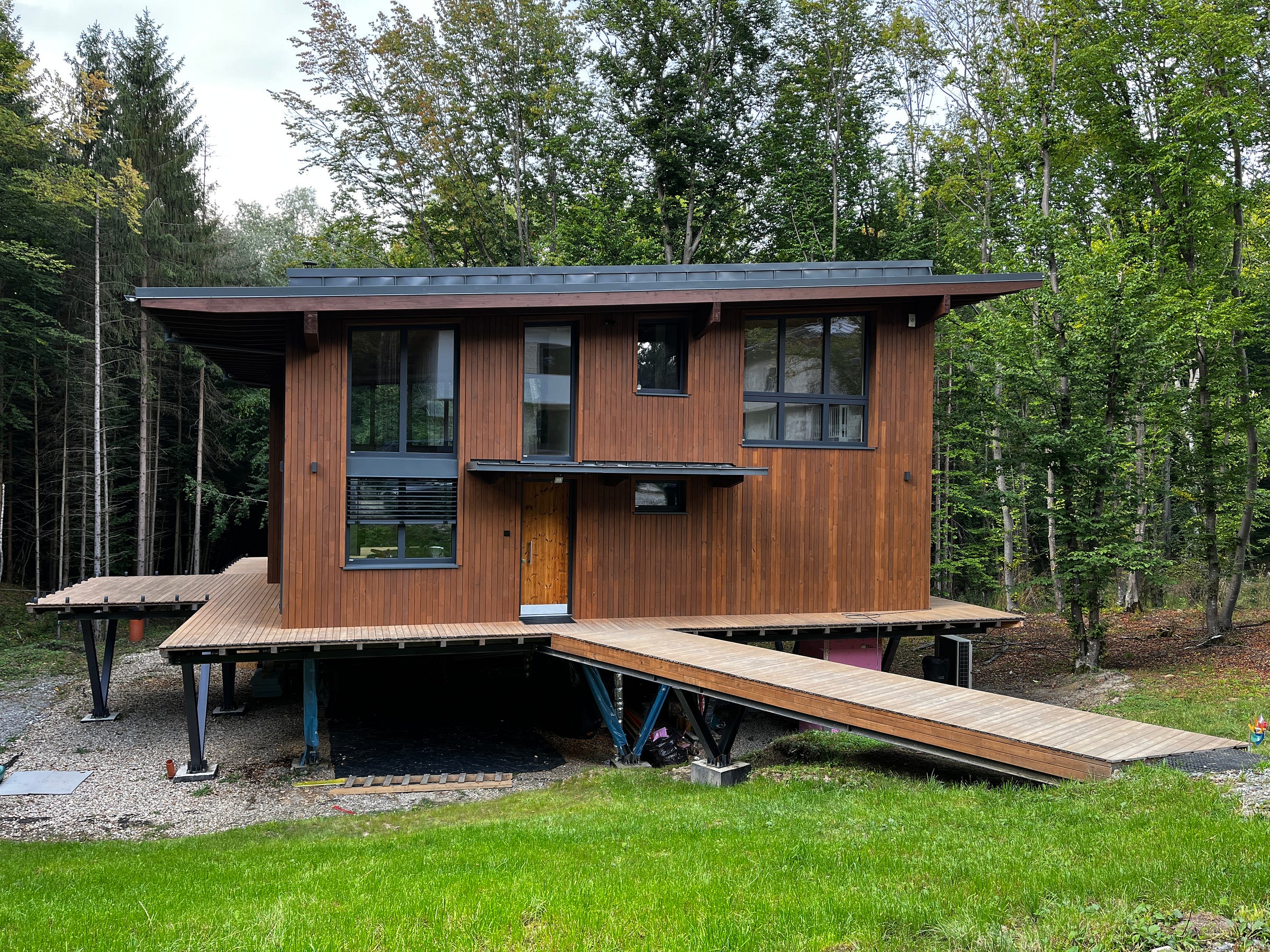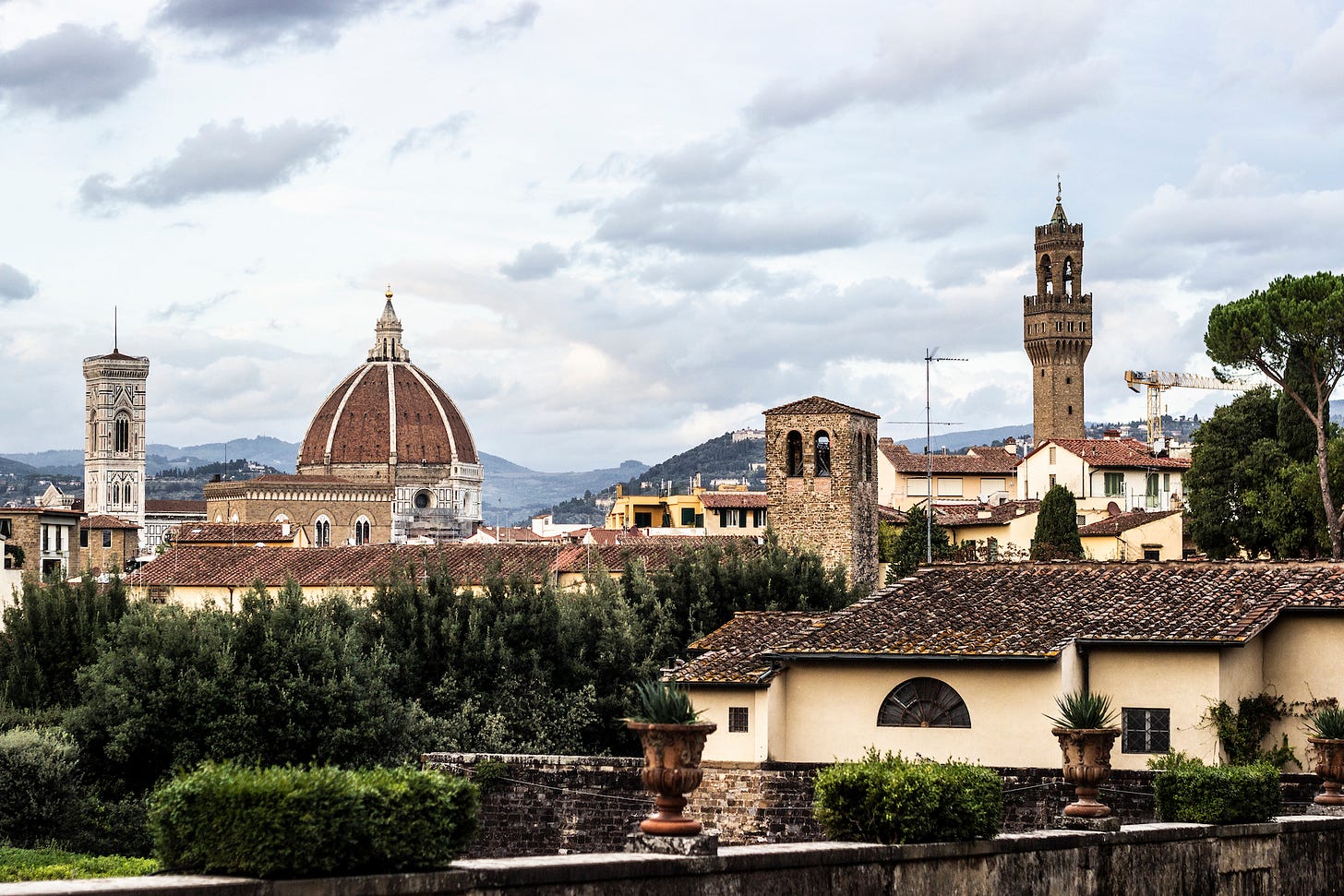How many breaths does it take to grow a home in the forrest?
Everything we build is interconnected.
In a time where many people choose actively, to not create the future, to not create children, what meaning does creating a better future have?
There is a disconnect, a deep one.
What does this have to do with architecture?
A lot.
We have material abundance, both natural and man made and we build things like this:
There’s a disconnect between the physical environment we build and our nature, because we are not thinking about it in Nature’s terms.
A cubic meter of raw wood can be grown by 2,3 years of a persons’ breaths. That means a house can be grown by a human in roughly 80-90 years (assuming 40-45 cubic m of raw material.
That is a lot of time. A lot of time we don’t take time to think about at all. Or lack the capacity. Or refuse the commitment.
Every piece of wood we build in our homes is interlinked with us being alive. Our breaths, our human activity helps trees grow.
Everything is both transient and permanent. And in the in-between we refuse to commit to create things that exceed our time, that transcend.
We like timber because we understand it on a bio-logical level. It helps us keep close to Nature. Being close to Nature does not mean we let the jungle in our home and our towns.
We actually want to create our buildings on the image of the Garden (of Eden).
We revel in our groomed realities that reflect Nature through our creativity.
We fill our towns with parks, our facades with natural forms and our spaces with sunlight, fresh air (and laughter).
Stone, created on eternal timeframes, 1000s of lifetimes, captivates us. It is both rough and delicate, dense and translucent. Almost untouchable by Nature’s forces, it symbolizes that timelessness we want.
There’s a third element that impacts it all…
Do you know what volume of a cloud fits in a cup?
Aaand what volume of a cloud fits in a human body?
Moisture destroys timber in days and rain cuts deeper veins in stone than Michelangelo ever could. Yet we feel infinitely better surrounded by oak and slate than polyvinylchloride and steel.
There are two ways to commit to building anything in architecture:
A long time commitment to place.
A temporary commitment to shelter.
The first assumes you will live in the same place for a long time and gradually build out what you need and dream up with the most durable solutions possible so at the end you leave something worthwhile for the next generation.
The second assumes a transient, nomadic, light-footed strategy that serves the now.
The thing is, there’s not really and in-between solution.
Really valuable architecture is actually place-making, creating space for Life to unfold healthily over longish times, serving multiple generations.
Don’t get me wrong, there’s nothing wrong with temporary buildings like tiny houses, trailers, camper vans etc. They just can’t create the feeling of the first one. The feeling only committing fully to a place, to a garden, to a community can give.
We expect sooo much from our buildings today as sculptural objects/spaces. Comfortable, ready-made luxury.
We want all the solutions we might need now, and pay the price later.
The option to let it evolve over time gets left behind. Building a home room by room, floor by floor, even. Improving durability over time with better materials.
The quality we really, deeply want is in the invisible Qualities, the immediacy of Natural materials, the Life-giving spaces.
The things we can only measure with human breaths through generations.




